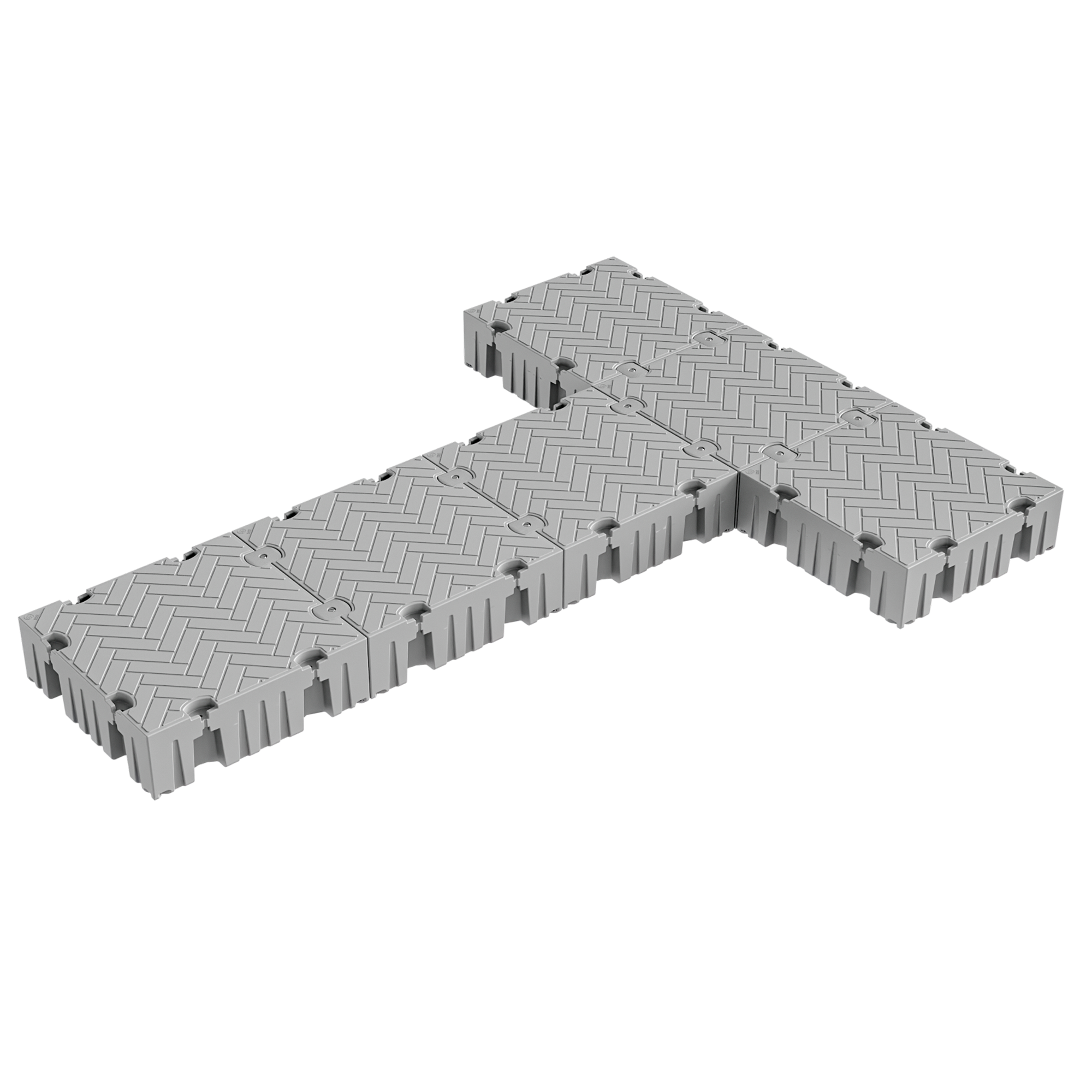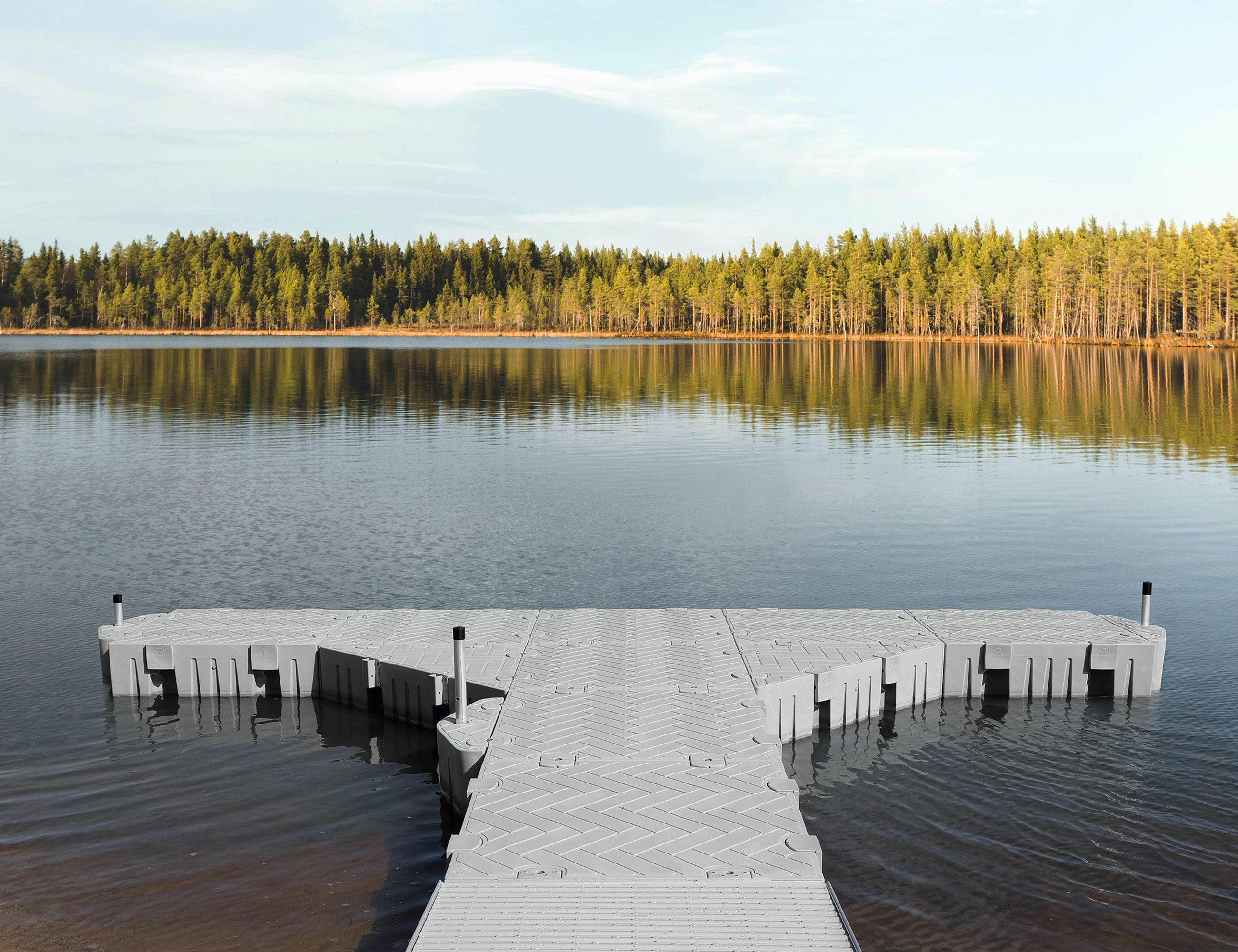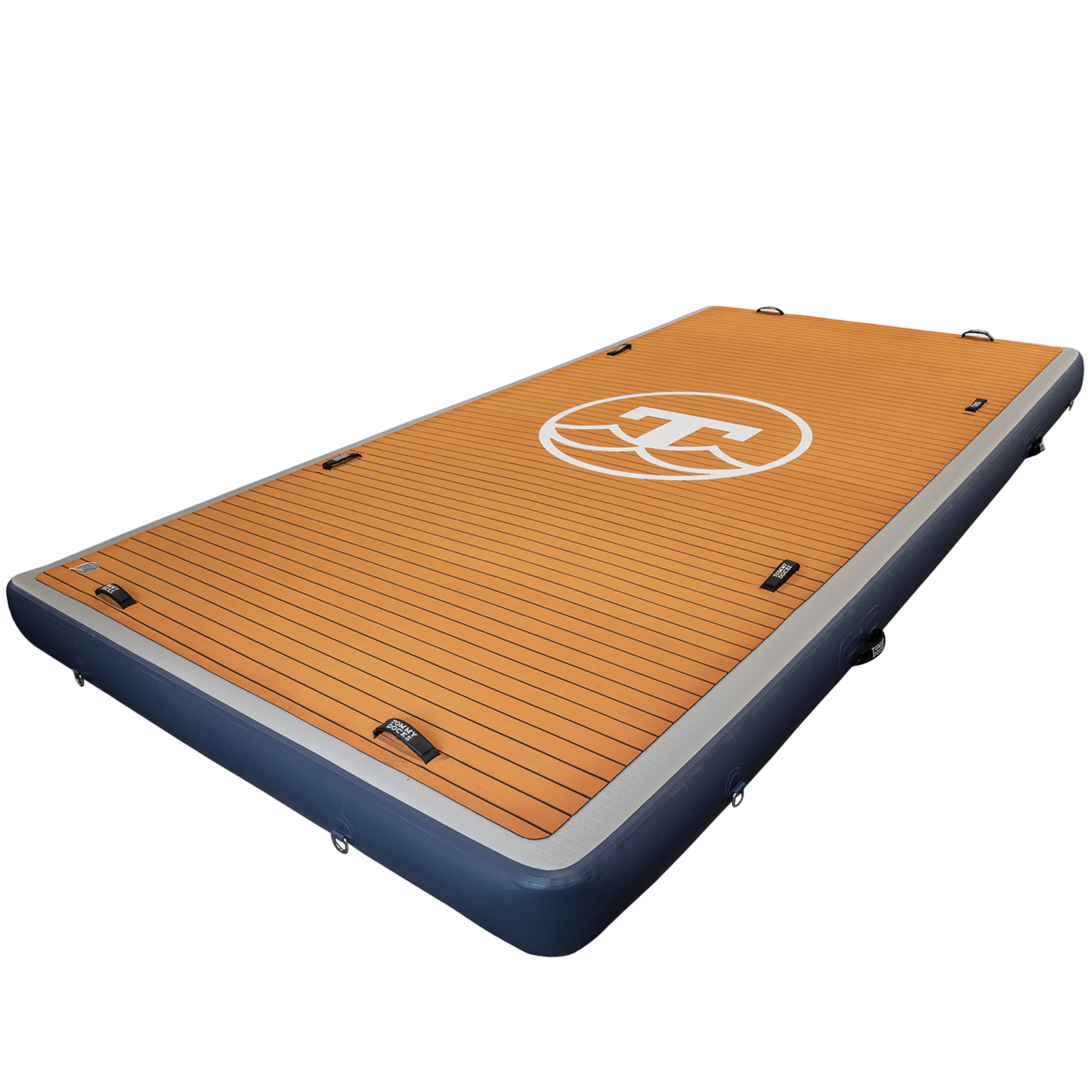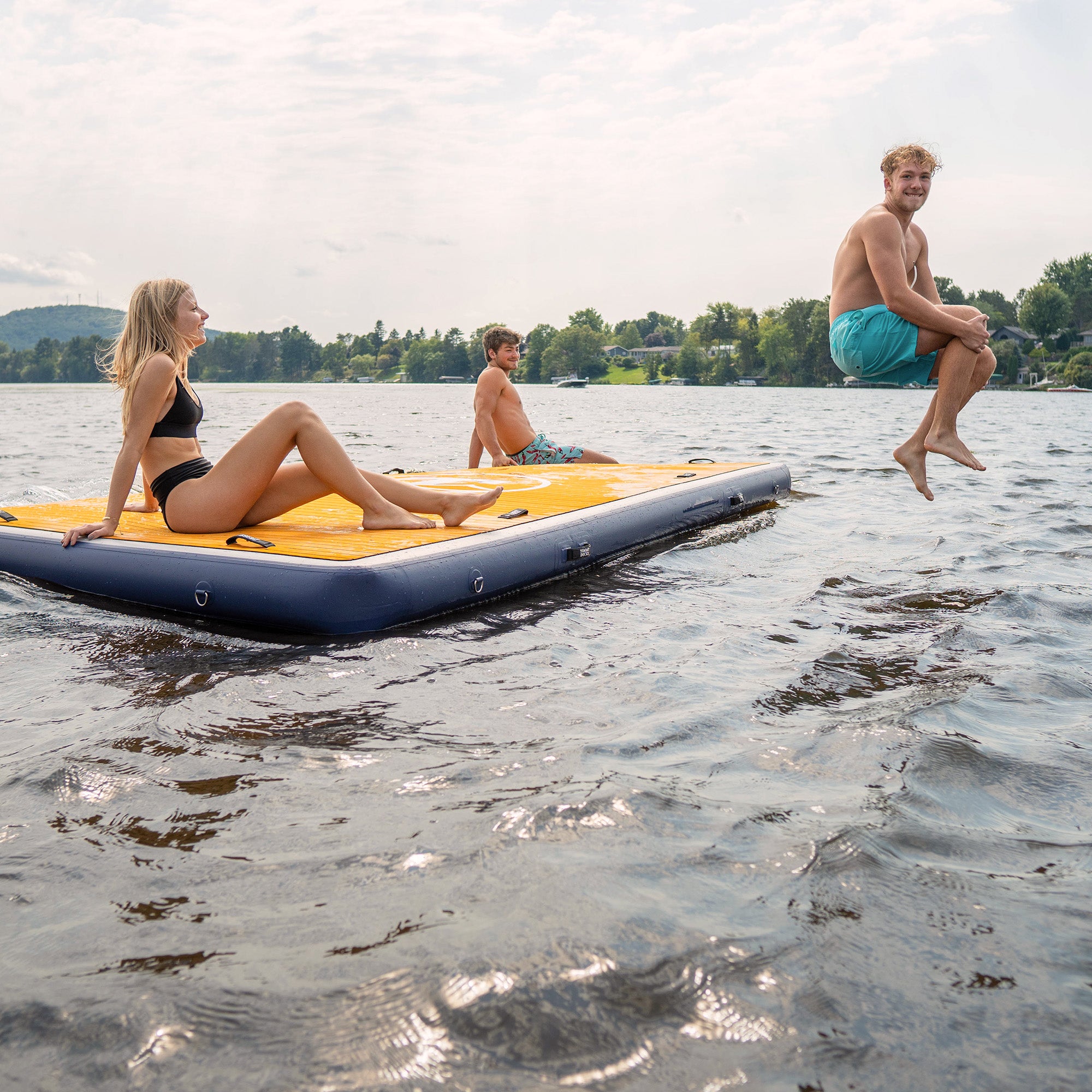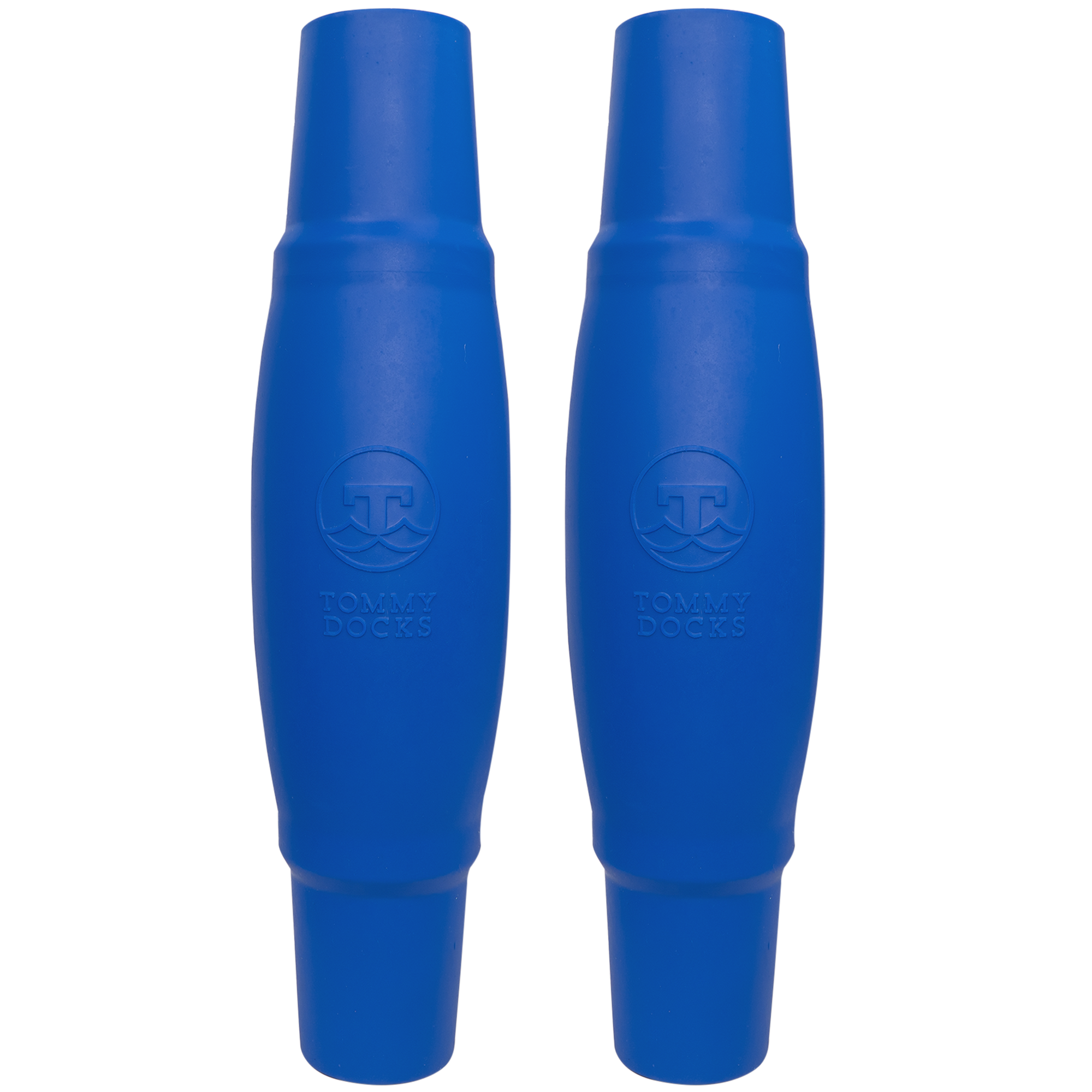The Short Answer: Tying a boat to a dock requires three main elements: using strong attachment points, mastering the cleat hitch, and placing the right combination of dock lines. For most situations, you'll need 3-4 dock lines properly secured using either cleats, rings, or pilings.
Whether you're making a quick stop for fuel or mooring overnight, knowing how to properly tie your boat to a dock is a fundamental boating skill that every boat owner needs to master. Poor dock line setup can lead to damaged boats, injured passengers, and expensive repairs. The good news is that securing your vessel doesn't have to be complicated - it just takes understanding a few basic principles and techniques.
In this guide, you'll learn the step-by-step process for safely securing your boat, including which knots to use, how to position your dock lines, and common mistakes to avoid. We'll cover everything from choosing strong attachment points to mastering the cleat hitch. You'll also discover how different docking scenarios require different line arrangements to keep your boat stable and secure.
Understanding Dock Hardware and Equipment
Before diving into the specifics of tying your boat, let's review the common hardware you'll find at docks and the equipment you'll need. Most docks feature several types of attachment points for securing your vessel.
Dock Attachment Points
Dock Cleats are the most common dock hardware - these metal fixtures have two horns that extend outward, perfect for securing dock lines. They're typically through-bolted to the dock for maximum strength.
Rings offer another solid attachment option, particularly on floating docks. They work well with various knots and provide flexible tie-up positions.
Pilings are wooden or concrete posts that extend above the dock surface, often used in areas with significant tidal changes.
Bollards are sturdy metal posts, usually found on commercial docks and larger marinas, designed to handle bigger vessels.
Boat Attachment Points
Look for factory-installed cleats on your vessel - these are the strongest tie points, usually found at the bow, midship, and stern.
Bow and stern eyes are metal loops mounted low on the hull, providing excellent attachment points for dock lines.
Check that all hardware is through-bolted with backing plates, not just screwed into the deck. Avoid using rails or other decorative features that aren't designed for securing your boat.
Basic Equipment Needs
Your dock line selection matters greatly. Choose nylon lines for their stretch and durability - they absorb shock from waves and boat movement. Standard sizes range from 3/8 inch for small boats to 5/8 inch for larger craft.
Fenders protect your boat's hull from contact with the dock. Place them along your boat's side, adjusting their height to match the dock.
Chafe guards are protective sleeves that prevent dock lines from wearing through where they contact the boat or dock edges. These are especially important for extended docking periods or in areas with strong currents or wind.
Essential Knots for Docking
The Cleat Hitch Technique
The cleat hitch is the most common and reliable knot for securing a boat to a dock.
-
Start by wrapping the line once completely around the base of the cleat.
-
Next, create a figure-8 pattern over the horns of the cleat.
-
Finish with a single half hitch to lock everything in place.
Remember - three turns total is all you need. Adding more wraps won't increase holding power and can make the line harder to untie quickly.
Common mistakes to look out for: Don't make a tangled mess with too many wraps. Avoid insufficient loops that could slip under strain. And always check that the final half hitch is properly tucked under to lock the knot.
The Pile Hitch Method
For a proper clove hitch (commonly used on pilings):
-
Form a loop and place it over the piling.
-
Form a second loop in the opposite direction and place it above the first.
-
Pull both the standing part and working end to tighten.
This versatile knot works well on pilings that are low enough to pass a line over. For taller pilings, modify the technique by going around the post once or twice at the waterline before adding the securing turns. The clove hitch holds well but can be quickly released when needed.
Round Turn and Two Half Hitches
This classic knot combination provides excellent holding power while remaining easy to tie and untie.
-
Start with a round turn - wrapping the line completely around your attachment point once or twice.
-
Add a half hitch by passing the working end around the standing part and through the loop.
-
Follow with a second half hitch in the same direction.
For quick release capability, don't pull the final half hitch all the way through. This creates a slip knot that can be undone with a single pull when it's time to depart. The round turn with two half hitches works well on both cleats and pilings.
Understanding Docking Line Types
Docking lines work together to control your boat's movement at the dock:
-
Bow lines run from the front of your boat to the dock
-
Stern lines connect the back of your boat to the dock
-
Spring lines angle along the length of your boat to prevent forward and backward motion
-
Breast lines run straight out from the boat to the dock at a 90-degree angle, though they're used less often since they can limit vertical movement in tidal areas
Three-Line Setup for Temporary Docking
When making a quick stop at the dock, a three-line setup provides reliable security:
-
Start with a bow line running forward to the dock
-
Add a stern line running aft
-
Include a spring line running from midship to the dock at an angle - this prevents the boat from moving forward or backward
Position your fenders between the boat and dock before adjusting the tension on all lines. The spring line should be snug but not tight, allowing some natural movement with the water.
Line Tension Guidelines: Properly tensioned dock lines should have just enough slack to absorb movement without allowing excessive motion. In calm conditions, a good guide is approximately 2-3 inches of play. Check and adjust tension after the boat settles and whenever weather conditions change.
Four-Line Setup for Slip Docking
For more permanent docking in a slip, use a four-line arrangement with two bow lines and two stern lines:
-
Rather than running the lines straight out to the dock, angle the bow lines slightly forward
-
Cross the stern lines for better control
-
During windy conditions or rough weather, add spring lines for extra stability
This configuration controls movement in all directions while still allowing the boat to rise and fall with water levels. Remember to check your line tension regularly, especially after tide changes or significant weather shifts.
Special Docking Considerations
Docking in Current or Wind
When docking against current or wind, approach at a shallow angle with your bow pointing slightly into the current or wind. Add additional spring lines to distribute forces and prevent your boat from surging forward or backward. In strong conditions, doubling up on critical lines provides extra security.
Tidal Considerations
In areas with significant tidal changes, ensure your lines have enough slack to accommodate water level fluctuations. A good rule of thumb is to make your lines 1.5 times longer than the distance from your boat's attachment point to the dock. This prevents lines from becoming dangerously tight at high tide or too loose at low tide.
For extreme tidal ranges, consider using sliding rings or hangers that move up and down with the pilings, allowing your boat to rise and fall freely with the water.
Seasonal and Long-Term Docking
For extended docking periods, particularly in freezing conditions, adjust your lines to account for potential ice formation and extreme weather events. Consider:
-
Doubling critical lines
-
Using chafe protection at all contact points
-
Installing additional spring lines
-
Regularly checking and replacing worn equipment
Safety Considerations
Always keep a knife or line cutter accessible to quickly free your vessel in an emergency. Practice quick-release techniques for all your knots, especially in areas prone to sudden weather changes.
For overnight docking, perform a final check of all lines before retiring for the night. Listen for any unusual squeaking or rubbing sounds that might indicate improperly placed fenders or lines.
Conclusion
Properly tying your boat to a dock comes down to mastering a few basic but important techniques. Understanding the right knots, using strong attachment points, and following proper line placement will keep your vessel secure in most conditions.
Regular checks of your dock lines will help spot signs of wear or loosening before they become problems. Look for chafing where lines contact the boat or dock and replace any frayed or damaged lines promptly. Keep spare dock lines on board for backup.
When practicing your docking skills, start in calm conditions and gradually work up to more challenging situations. Pay special attention to getting your cleat hitches right - they should be neat with three turns, no more and no less. Remember that proper fender placement is just as important as the lines themselves.
Always double-check that lines are secured to strong structural points, not just rails or other weak spots. With time and practice, tying up your boat will become second nature, letting you dock confidently and safely in various conditions.
When it comes to reliable dock systems that make securing your boat easier, Tommy Docks stands out as an industry leader. Since 1987, we have been revolutionizing the dock industry with innovative, user-friendly solutions designed for DIY installation. Our comprehensive range of products includes everything from stationary and floating dock systems to essential hardware and accessories that enhance your docking experience. With marine-grade materials built to withstand diverse water environments and modular designs that allow for customization and expansion, Tommy Docks provides the perfect foundation for implementing the boat-tying techniques covered in this guide. Visit Tommy Docks to explore their complete selection of docking solutions designed to make your waterfront experience safer and more enjoyable.


